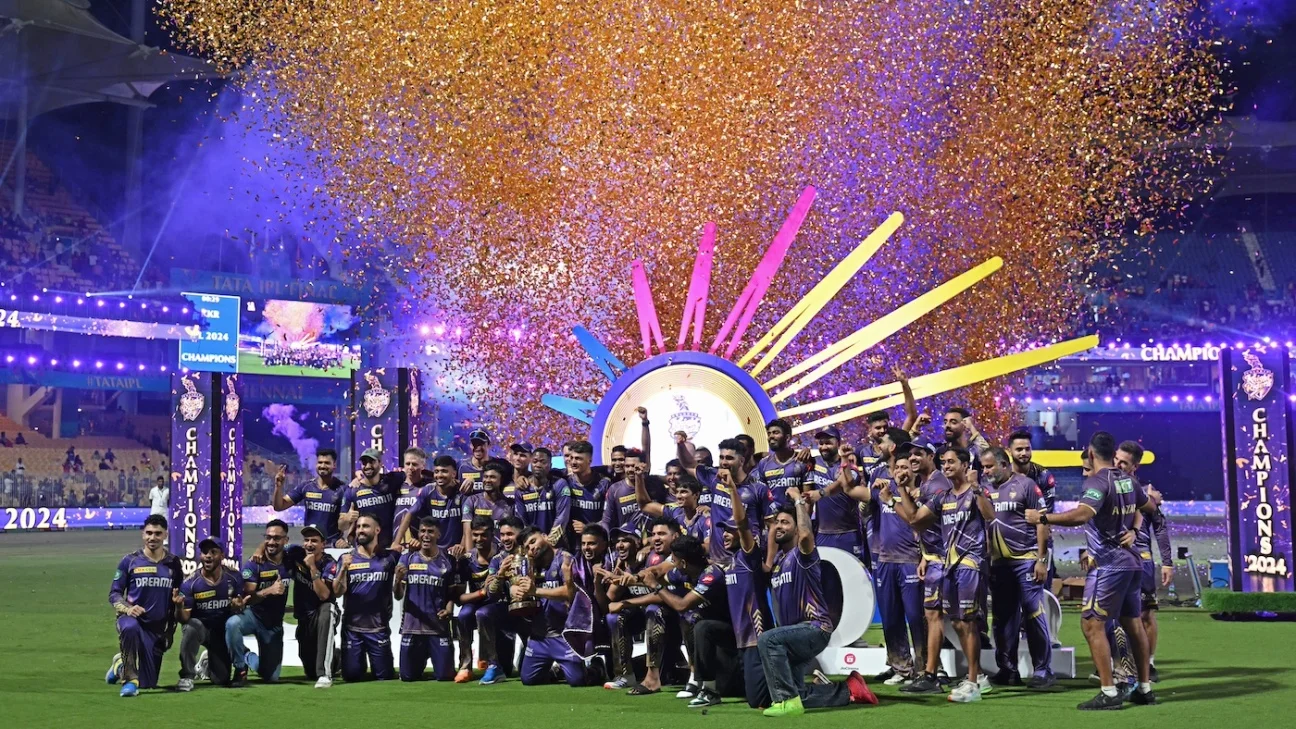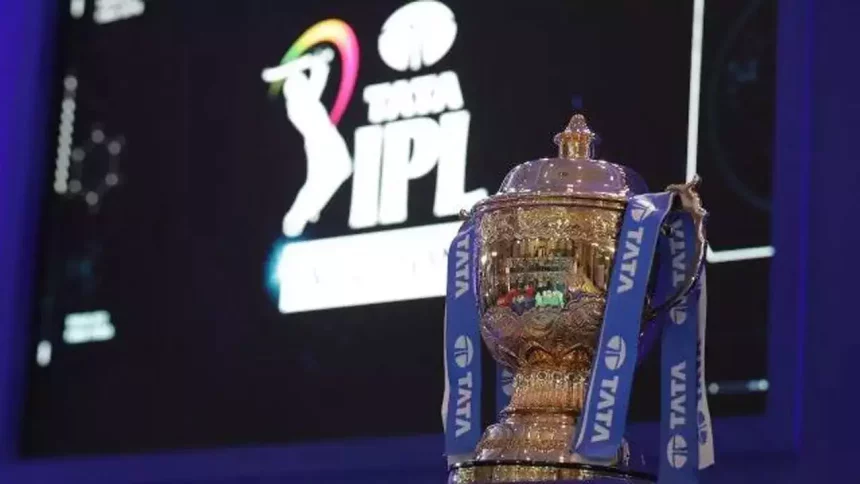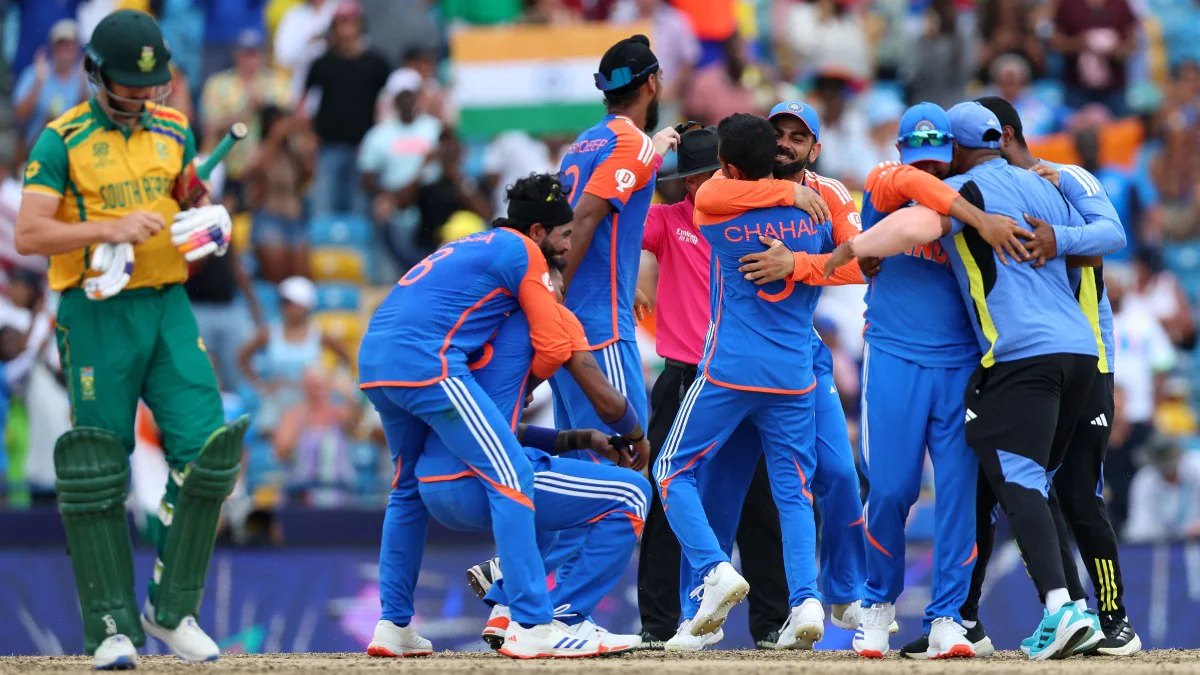Despite initial proposals for expansion, the Board of Control for Cricket in India (BCCI) has decided to maintain the current number of Indian Premier League (IPL) matches at 74 in 2025.
Despite initial proposals for expansion, the Board of Control for Cricket in India (BCCI) has decided to maintain the current number of Indian Premier League (IPL) matches at 74 in 2025. The cricket governing body weighed the possibility of higher money against the necessity of controlling player workload before making this choice.
In its media rights bidding document for the 2023–27 cycle, the financially strong league had first outlined aspirations for expansion. The 2025–2026 season would have 84 matches, and the 2027 season would see 94 matches, according to the paper.
For the forthcoming season, the BCCI has decided to keep the current number of matches. The rationale for this choice was given by the departing president of the BCCI, Jay Shah.
Since we also need to consider the players’ workload owing to the increased number of matches, we haven’t decided on scheduling 84 matches for the IPL in 2025. According to Shah, the BCCI will determine whether to hold 74 or 84 matches, even though the contract calls for 84 matches.
The long-term goal of the BCCI is to maintain cricket

There are other reasons besides player management for the decision to maintain the match count at 74. It has an impact on the media rights package structure that will be sold for INR 48,390.5 crore (about USD 6.2 billion) in 2022. Package C, sometimes referred to as the special package, is of particular significance since it contains high-profile events like the playoffs, Saturday evening matches, and the tournament opener. With 18 matches for a 74-game season and more for extra games, the number of matches in this package is directly related to the total number of games in the season.
Since major international matches are quickly approaching and the IPL’s growth trajectory appears to have reached a temporary plateau, the BCCI is prioritizing player health and performance. This shows that the board is considering the long-term viability of cricket in the nation.









